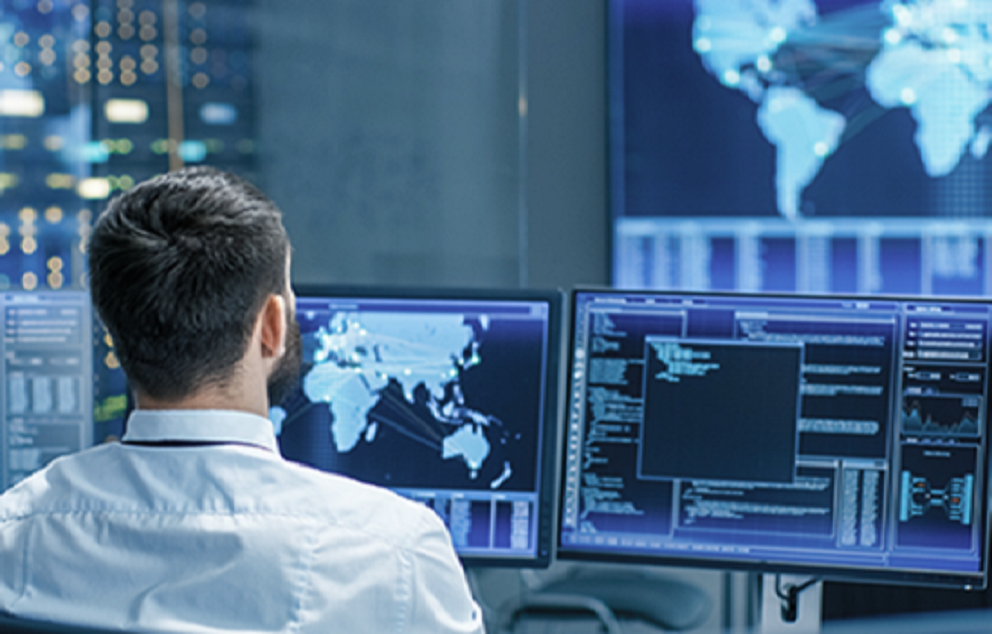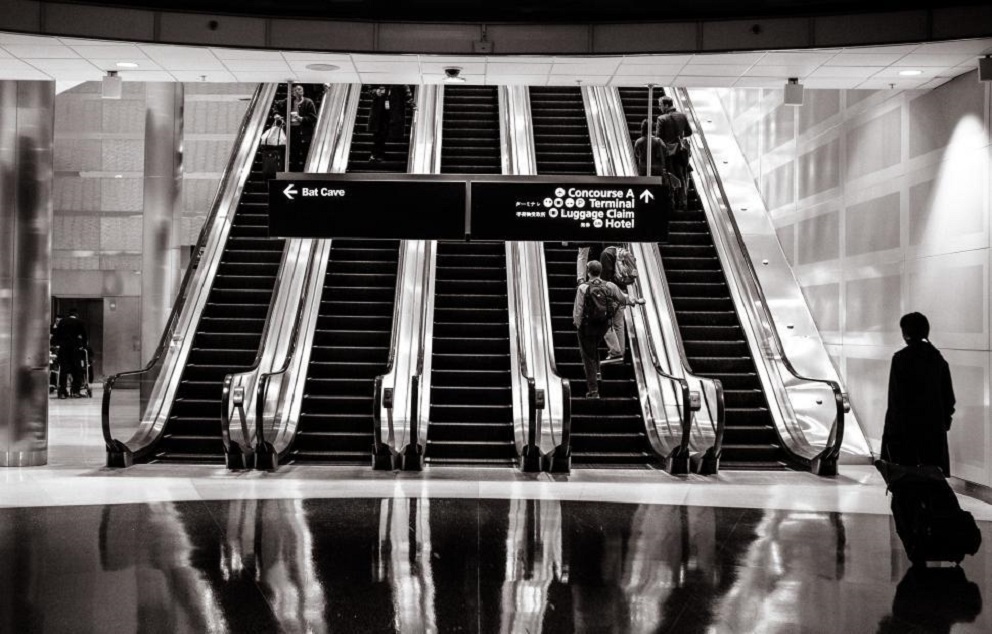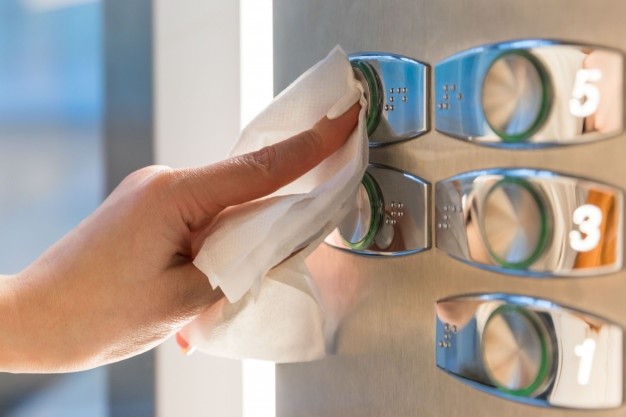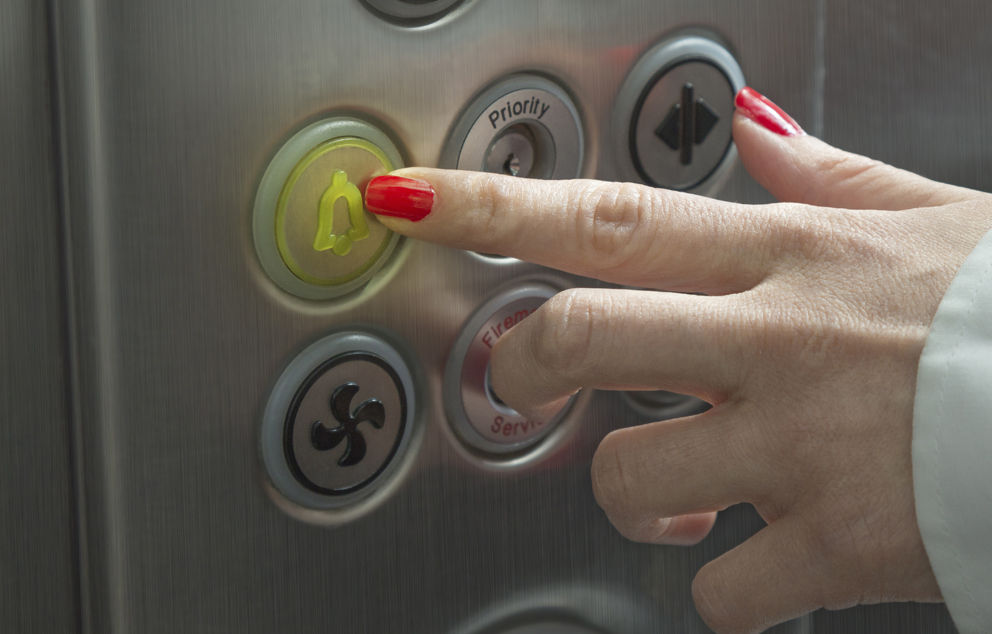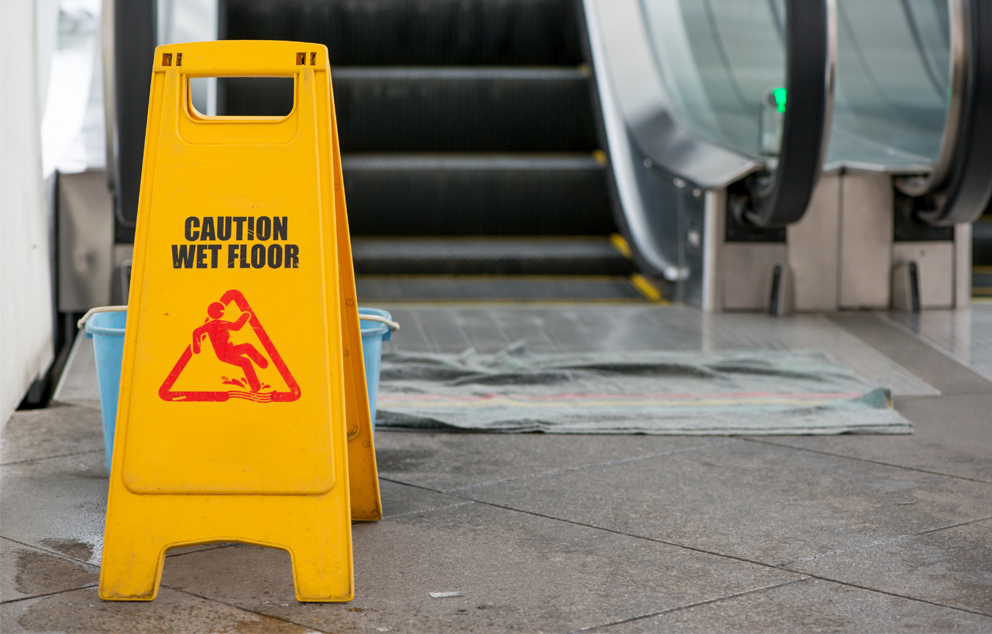IOT / REMOTE MONITORING AND DIAGNOSTICS SOLUTIONS FOR LIFTS – EXPLANATION OF TECHNOLOGY AND BENEFITS REMOTE MONITORING AND DIAGNOSTICS (RM&D) SOLUTIONS FOR LIFTS OR “IOT” – HOW DOES IT WORK? A “Remote Monitoring & Diagnostics Solution”, also known as “Internet of Things” or “IoT” for elevators, is a system that continuously collects data from a lift in operation and performs analysis of the data collected for fault detection, diagnosis, and prediction of issues with the
Effects, benefits and risks of reversing the direction of an escalator or moving walk
Category: Uncategorized
Periodic direction reversal of escalators will reduce the wear on the chains, gears and sprockets in an escalator or moving walk over a long period of time, as the amount wear is spread out and equalised among the various friction and wear points. Changing direction of the escalator thus helps to extend the lifespan of these components and may reduce lifecycle replacement costs. However, this may not always be true in all situations. Owners of
COVID 19 – A Guideline to Commercial Buildings Elevator Safety During the Pandemic
Category: Uncategorized
1. Introduction To Download PDF: COVID 19 – A Guideline to Commercial Buildings Elevator Safety During the Pandemic In this guideline we will explain the technical aspects and considerations on the use of elevators in the time of the COVID-19 pandemic. We will provide several options to allow for the social distancing in elevators, and what impact these measures will have on the building usage, the traffic and waiting time. This guideline concentrates mainly on
COVID 19 – A Guideline to Residential Buildings Elevator Safety During the Pandemic
Category: Uncategorized
1. Introduction To download PDF: COVID 19 – A Guideline to Residential Buildings Elevator Safety During the Pandemic In this guideline we will explain the technical aspects and considerations on the use of elevators in the time of the COVID-19 pandemic. Several options to allow for the social distancing in elevator are discussed, and what impact these measures will have on the building usage, lift passenger traffic and waiting times. This guideline concentrates primarily on
To download PDF: Covid 19 – DOs and Dont’s in Elevators
Fatal elevator or escalator accidents are very rare. According to the U.S. Bureau of Labor Statistics there are about 30 fatal accidents a year in the United States caused by elevators and escalator. Slightly more than half of the fatalities are workers working on top or near elevators or escalators. The number of casualties is low compared to about 2000 fatalities per year on stairs. A survey of all hospitals in United States showed that
If you are trapped inside a lift car, remember the following instructions: STAY CALM AND DO NOT PANIC, as there is really no reason to panic, elevators are the safest form of transport in the world. Please remember that the lift stopped itself to ensure your safety! DO NOT TRY TO BREAK OUT OF THE ELEVATOR. Getting out of a stopped elevator can be very dangerous and may even have fatal consequences. A passenger trying
LIFT AND ESCALATOR BREAKDOWN STATISTICS: Elevators and escalators are very complex machines with a large number of parts and complex electronic components. Despite their complexity, elevators and escalators are reliable pieces of equipment. A well-maintained elevator in commercial or residential environment will typically experience between 0.5 – 2 breakdowns in a year, of which 20% or 0.4 occurrences are mantraps (a person getting stuck inside a lift car). Industrial elevators and service elevators may experience

